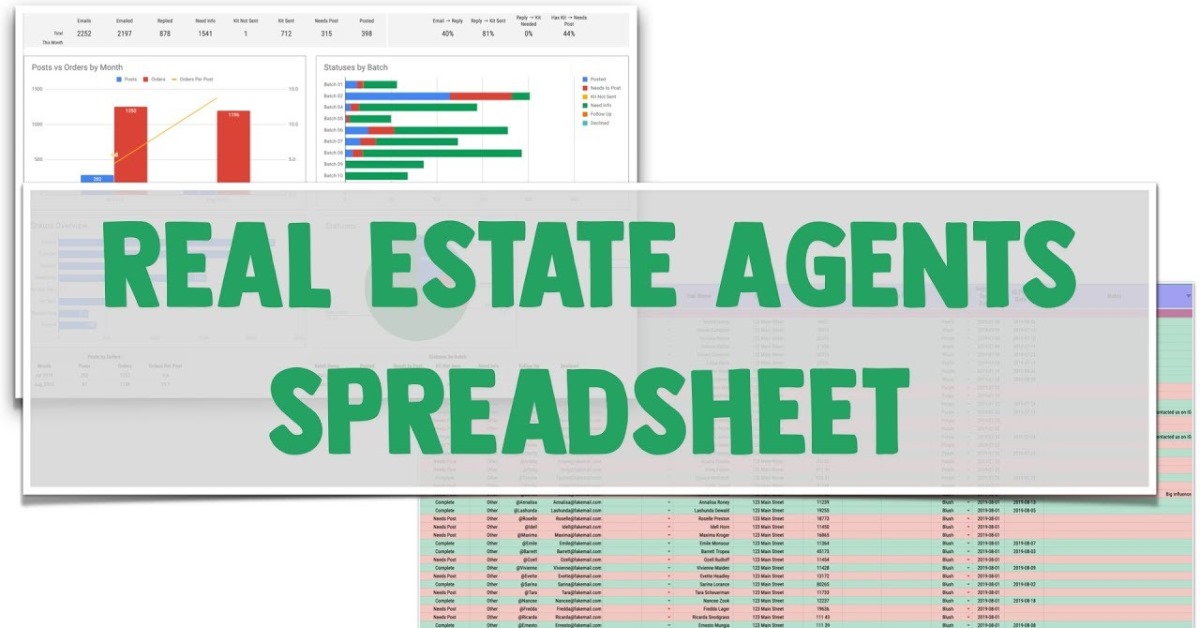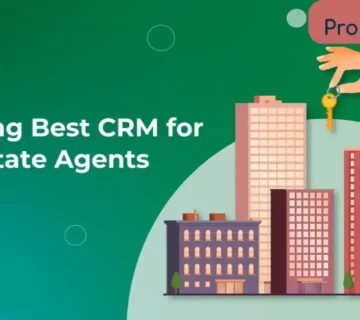If you’re still running your property sales and client data on spreadsheets, you’re not alone. Many real estate professionals start with Excel or Google Sheets because they’re simple, familiar, and affordable. But as your business grows, spreadsheets quickly become a headache, with scattered data, missed follow-ups, and endless manual updates. This is where Real Estate CRM Migration comes in.
Moving from spreadsheets to a modern CRM is like upgrading from a basic calculator to a full accounting system. It may feel like a big step, but once you make the switch, you’ll wonder how you managed without it. In this guide, we’ll walk you through the process, answer your key questions, and show why tools like Property CRM are transforming how real estate businesses work in Dubai and beyond.
Why Move from Spreadsheets to a CRM?
Before we jump into the steps, let’s address the “why.”
Spreadsheets Work
Spreadsheets are fine for a few listings and clients, but as data piles up, errors and duplication become common. A single typo can cost you a lead or delay a deal.
CRMs Are Built for Real Estate
With a CRM, you’re not just storing data, you’re managing relationships. You can track conversations, set reminders, automate follow-ups, and pull insights in seconds. It’s about turning raw data into meaningful actions.
Better Team Collaboration
Unlike spreadsheets, which often get lost in endless email threads, a CRM ensures your entire team works from the same updated system. No more confusion about “which version” of the file is correct.
Audit Your Existing Data
Before starting the spreadsheet to CRM transition, you need to know what you’re working with.
Clean Up Duplicates
Go through your spreadsheets and remove duplicate entries. CRMs perform best when you feed them clean data.
Standardize Formats
Make sure phone numbers, emails, and property IDs follow the same format. This avoids issues during data import.
Prioritize What Matters
Not all data is worth moving. Focus on active leads, clients, and current property details first. Historical data can be archived separately.
Choose the Right Real Estate CRM
Not all CRMs are equal, especially for real estate. Here’s what you should consider:
Real Estate-Specific Features
Does it include tools like property sales tracking, automated workflows, and client segmentation? Generic CRMs often lack these essentials.
Integration Options
Look for systems that integrate with your website, email campaigns, or WhatsApp messaging. The goal is to centralize your client interactions.
Scalability
As your portfolio grows, your CRM should grow with you. Avoid tools that cap your contacts or require expensive upgrades too early.
Looking to upgrade? Property CRM offers streamlined real estate workflows, data-driven insights, and easy migration support for agencies in Dubai. Contact us today to explore how it works for your team.
Plan the CRM Implementation Process
Jumping straight into migration without a plan can cause chaos.
Define Objectives
Decide what you want from the CRM, better client management, faster deal closures, or improved reporting. Clear goals guide the setup.
Assign a Project Lead
Appoint someone responsible for coordinating the migration. Having a single point of contact reduces confusion.
Map Out Workflows
Think about how leads enter your system, how they move through the pipeline, and how deals are closed. Design this flow before you move data.
Import Your Data
This is where the actual CRM implementation process begins.
Use Import Tools
Most CRMs offer simple data import features that map spreadsheet columns to CRM fields. Take time to match these correctly.
Test with a Sample
Don’t move all your data at once. Import a small sample, check for errors, and fix issues before doing a full migration. This step saves hours of cleanup later.
Backup Everything
Keep a copy of your original spreadsheets in case you need to cross-check later. It’s always better to be safe than sorry.
Train Your Team
Even the best property management software upgrade fails without proper training.
Hands-On Sessions
Run short training sessions so your team can learn how to log leads, update client notes, and track deals. Practical use beats theory every time.
Build Confidence
Encourage your agents to explore the system and ask questions. The sooner they feel comfortable, the faster adoption happens.
Use Support Resources
Most CRMs, including Property CRM, offer tutorials, FAQs, and customer support. Take advantage of these to speed up onboarding.
Automate and Optimize
Once your data is in and your team is trained, it’s time to take things up a notch.
Automate Follow-Ups
Set up reminders, emails, and task notifications. This keeps your clients engaged without manual chasing.
Create Reports
Generate dashboards that show deals closed, leads in progress, and agent performance. Data-driven insights help improve future sales.
Continuously Improve
Monitor how your team uses the CRM and adjust workflows as needed. A CRM is a living tool that grows with your business.
Comparison: Spreadsheets vs Real Estate CRM
| Feature | Spreadsheets | Real Estate CRM |
| Lead Management | Manual updates | Automated tracking |
| Client Communication | Email only | Multi-channel (Email, WhatsApp, Calls) |
| Team Collaboration | Limited | Real-time shared access |
| Sales Insights | None | Data-driven dashboards |
| Automation | None | Follow-ups, reminders, workflows |
| Scalability | Hard to manage | Grows with your business |
Conclusion
Migrating from spreadsheets to a CRM may feel overwhelming at first, but once you experience the benefits, streamlined workflows, accurate tracking, and improved client relationships, you’ll never look back. Real Estate CRM Migration is the key to scaling your property business in today’s competitive market.
Ready to move beyond spreadsheets? Contact Property CRM today and discover how our software can simplify migration, improve productivity, and help your team close more deals.
Frequently Asked Questions
What is Real Estate CRM Migration?
It’s the process of moving your client and property data from spreadsheets into a dedicated real estate CRM.
How long does migration take?
It depends on the amount of data. Small teams can migrate in a day, while larger agencies may take a week.
Can I lose data during migration?
If done properly with backups and testing, data loss is rare. Most CRMs have built-in tools to ensure smooth import.
Is CRM migration expensive?
Many CRMs, including Property CRM, offer free migration support or guided assistance to make it affordable.
Do I need technical skills for migration?
Not necessarily. Most CRMs provide step-by-step instructions, and customer support can guide you if needed.
Will my team adapt easily?
With proper training and clear workflows, most teams adapt quickly and enjoy the time-saving features.
Can I integrate my CRM with other tools?
Yes, modern CRMs integrate with email, social media, websites, and even WhatsApp for seamless communication.
 +971 457 13703
+971 457 13703






No comment